 W
WBuenos Aires Ecological Reserve, Reserva Ecológica de Buenos Aires, also known as Costanera Sur Ecological Reserve, Reserva Ecológica Costanera Sur, is a 865-acre (3.50 km2) tract of low land on the Río de la Plata riverbank located on the east side of the district of Puerto Madero in Buenos Aires CBD, Argentina.
 W
WThe Dulce River is the most important river in the Argentine province of Santiago del Estero.
 W
WEl Palmar National Park is one of Argentina's national parks, located on the center-east of the province of Entre Ríos, midway between the cities of Colón (54 km) and Concordia (60 km). It has an area of about 85 km² and was created in 1966 for the preservation of its characteristic yatay palm trees.
 W
WThe Iberá Provincial Reserve is a provincial protected area in the north-west of Corrientes Province, north-eastern Argentina. Established on 15 April 1983, it contains a mix of swamps, bogs, stagnant lakes, lagoons, natural sloughs and courses of water. With an area of about 1,300,000 ha, the reserve spans a significant 14% of the Corrientes province, and is the largest protected area in the country.
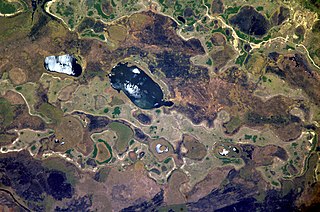 W
WThe Iberá Wetlands are a mix of swamps, bogs, stagnant lakes, lagoons, natural slough, and courses of water in the center and center-north of the province of Corrientes, Argentina.
 W
WLaguna Blanca National Park is a National Park in the west of the province of Neuquén, Argentina, close to the town of Zapala.
 W
WLaguna Vilama is a salt lake in northwestern Argentina, within the Vilama caldera. It is shallow and covers a surface area of 4,590 hectares.
 W
WLlancanelo Lake is a wetland with an area of 650 km² located in the Malargüe Department in the south of Mendoza Province, Argentina, 75 km from the city of Malargüe, at 1,280 m above mean sea level, within the arid region near the Andes in the limit between the regions of Cuyo and Patagonia.
 W
WMar Chiquita or Mar de Ansenuza is an endorheic salt lake located in the northeast of the province of Córdoba, in central Argentina. The northeast corner of the lake also extends into southeastern Santiago del Estero Province. It is the largest of the naturally occurring saline lakes in Argentina. The lake is located in parts of five departments in the two provinces.
 W
WThe Laguna Melincué is an endorheic lake located in the province of Santa Fe, Argentina, in the General López Department, next to the town of Melincué, at approximately 33°42′24″S 61°29′4″W. It covers a surface area of about 120 km², and its top water level lies at around 86 m above mean sea level.
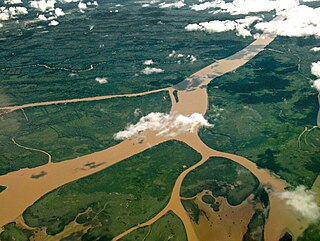 W
WThe Paraná Delta is the delta of the Paraná River in Argentina and it consists of several islands known as the Islas del Paraná. The Paraná flows north–south and becomes an alluvial basin between the Argentine provinces of Entre Ríos, Santa Fe and Buenos Aires then emptying into the Río de la Plata.
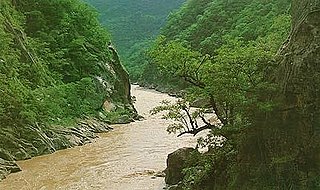 W
WPilcomayo is a river in central South America. At 1,100 kilometres (680 mi) long, it is the longest western tributary of the Paraguay River. Its drainage basin is 270,000 square kilometres (100,000 sq mi) in area, and its mean discharge is 200 cubic metres per second (7,100 cu ft/s).
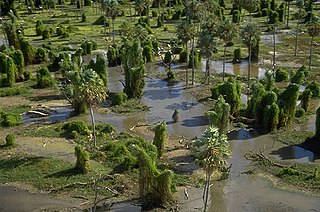 W
WThe Río Pilcomayo National Park is a national park located in the northeastern part of the Argentine province of Formosa, on the border with Paraguay. Established on September 29, 1951 to protect the natural features, typical of the Humid Chaco ecoregion, the park is included in the Ramsar Convention's list of wetlands of international importance.
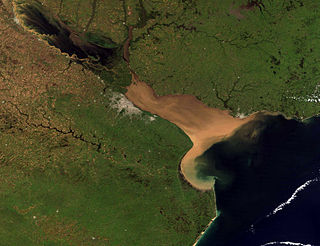 W
WSamborombón Bay is a bay on the coast of Buenos Aires Province, Argentina. Located at the Río de la Plata's mouth on the Argentine Sea, it begins about 160 kilometres (99 mi) southeast of Buenos Aires and is about 135 kilometres (84 mi) wide.
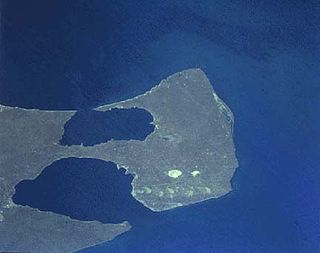 W
WThe Valdes Peninsula is a peninsula into the Atlantic Ocean in the Biedma Department of north-east Chubut Province, Argentina. Around 3,625 km2 in size, it is an important nature reserve which was listed as a World Heritage Site by UNESCO in 1999.